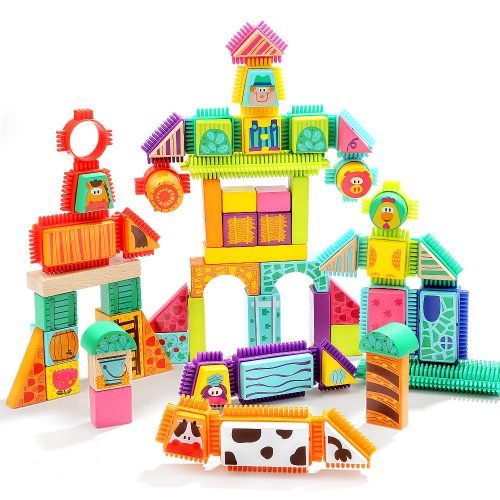
The “best” wood for toys depends on several factors, including the type of toy, desired properties, and budget. Here’s a breakdown of some popular choices:
Hardwoods:
- Pros: More durable, resistant to warping and cracking, often have beautiful natural grains and textures.
- Cons: Generally more expensive, some require occasional oiling or waxing.
- Examples: Maple, beech, oak, birch, walnut, cherry.
Softwoods:
- Pros: More affordable, easier to work with, some varieties are lightweight.
- Cons: Softer and more prone to scratches and dents, some species may not be as durable.
- Examples: Pine, cedar, poplar.
Here are some specific recommendations based on toy type:
- Building blocks: Hardwoods like maple, beech, or oak are ideal for their durability and smooth finish.
- Puzzles: Similar to building blocks, hardwoods are best for their stability and shape retention.
- Dolls and figures: Hardwoods like maple or birch are good choices, while softer woods like cedar can be suitable for lighter figures.
- Vehicles: Hardwoods like oak or birch can withstand rougher play, while lighter woods like pine might be suitable for simpler vehicles.
- Musical instruments: Different woods are used for different instruments based on desired tonal qualities. Consult a musical instrument specialist for expert guidance.
Additionally, consider:
- Certification: Look for wood certified by organizations like FSC or PEFC to ensure responsible sourcing.
- Finish: Non-toxic finishes like beeswax or water-based paints are crucial for children’s toys.
- Age of the child: Younger children might be rougher on toys, so choose more durable woods.
Ultimately, the best way to choose wood for toys is to weigh your priorities and preferences. Consider the desired durability, aesthetics, budget, and safety to make an informed decision for your child’s play experience.







